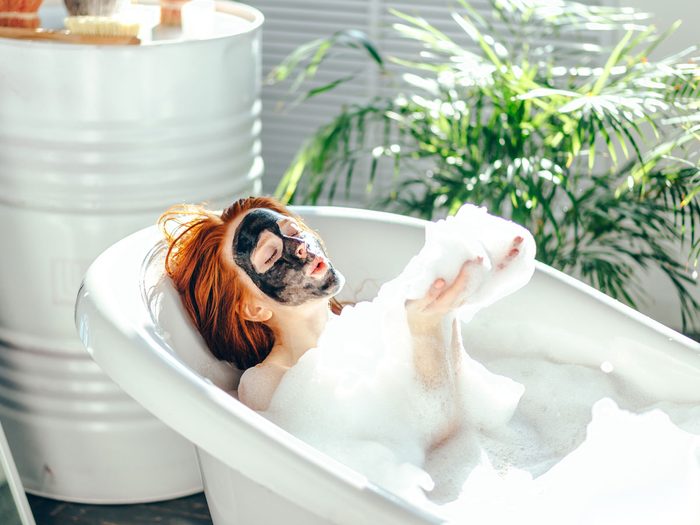
Why try a DIY face mask?
There’s no question that masking has become a staple in many women’s beauty regimes. The global face mask market has boomed in the last few years, stimulated by innovations, product differentiation, and even social media. That’s right—people’s Instagram selfies with their finest masks gooped on is actually leading to loads of sales. In fact, Adriot Market Research has reported that from 2018 to 2025 the mask market size is anticipated to reach 11.37 million (USD) globally.
If you love masking and using natural ingredients on your skin but are keen on saving money, you can make your own using ingredients you have in your kitchen. Not only are homemade masks great for winding down at the end of the day, but also for soothing the skin. But—there are a few things you need to know before whipping up a mask and slopping it onto your face.
- Just because something is healthy to consume doesn’t mean it’s safe to apply to the skin.
“The idea of a simple, natural face care product sounds good because skincare is freaking confusing,” says Annie Graham, a skincare formulator and owner of XO Treatment Room in Calgary. She warns that people need to be careful about what they’re putting on their face, including bacteria. “Without the proper practices and preservatives used in a lab, a homemade mask can become a funky petri dish in no time,” says Graham. - Some dermatologists caution against DIY masks.
“If we’re talking about people with skin disease (significant acne, eczema, psoriasis) then I tend to limit unnecessary variables like masks which may irritate or exacerbate skin problems,” says Dr. Hanna, a Toronto based dermatologist at Dermatology on Bloor. But, for folks with healthy skin, he’s more open to the DIY category, “Homemade masks generally tend to be food-based,” says Dr. Hanna. “And some of theses ingredients may actually help reduce inflammation or be anti-bacterial.” - It may be best to skip certain active ingredients, such as floral essential oils, in your homemade version.
“Applying a fragranced product to your face may induce a contact allergy,” explains Dr. Hanna. Another ingredient to be wary of is lime and lemon juice. And although Vitamin C is a trusted skincare ingredient, the citrus fruit juice can cause severe irritation. “I would not use lemon as it can irritate the skin,” says Dr. Sandy Skotnicki, a Toronto based dermatologist at Bay Dermatology Clinic and author of Beyond Soap. “If you have some left on the skin and go out into the sun you can develop a photo-toxic reaction which is similar to a burn, which will leave a brown stain on the skin for several months,” says Dr. Skotnicki. - Honey, yogurt, and oatmeal are great for the skin.
Both Dr. Hanna and Dr. Skotnicki stand behind three ingredients that are good to include in face masks: Honey, for its antibacterial and soothing benefits; Yogurt, due to it containing “lactic acid which is a great exfoliant,” says Dr. Skotnicki; And oatmeal, because it can bestow soothing and anti-inflammatory properties to the skin. (For more doctor-approved skin advice, here are things dermatologists do every summer to achieve glowing skin.)
Now that you know the best practices for playing at-home chemist, we’ve gone ahead and done the research for you. Here are five cost-effective, simpler-than-you-think DIY face mask recipes created by some of Canada’s top skin and wellness experts.
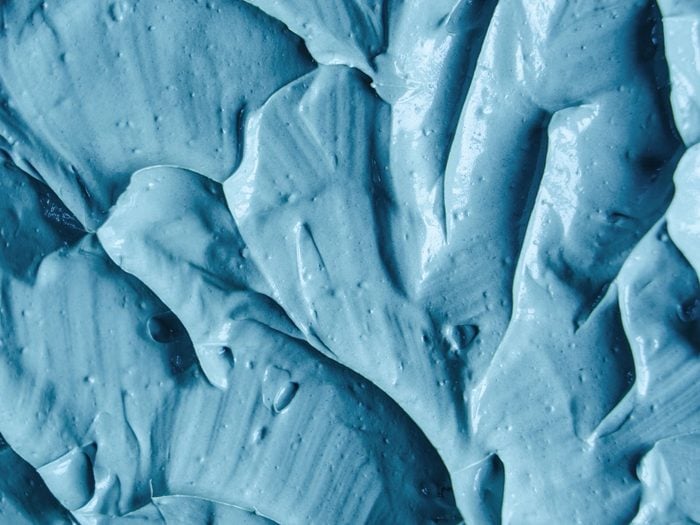
Best DIY face mask for brightening skin
According to Graydon Moffat, founder of plant-based beauty brand Graydon Skincare, this mask is packed with potent antioxidants. “Moringa is a powerful superfood, which is incredibly high in skin-brightening vitamin C. It also contains important nutrients, vitamins, antioxidants, and has anti-inflammatory properties,” says Moffat. (Side note: Monringa is one of the star ingredients in the brand’s best selling Full Moon Serum.) This recipe also includes Blue Majik, which is a probiotic. “It helps to create equilibrium by improving and strengthening your skin’s natural protective mechanisms to maintain a balance of good bacteria on your skin’s surface,” says Moffat.
Ingredients (for one mask):
- 1 Moringa (or green) tea bag
- 1 capsule of Blue Majik (a supplement with spirulina, and freshwater algae)
- 1/2 tsp. of hemp seed oil
- 1 tsp. of raw manuka honey
Directions:
- Steep the tea bag in a tablespoon of boiling water. Once cooled, pour into a small bowl and add a capsule of Blue Majik; stir.
- Add the hemp seed oil and manuka honey and stir until an even consistency.
- Apply on a freshly washed face.
- Leave on for 10-15 minutes. Rinse off with warm water.
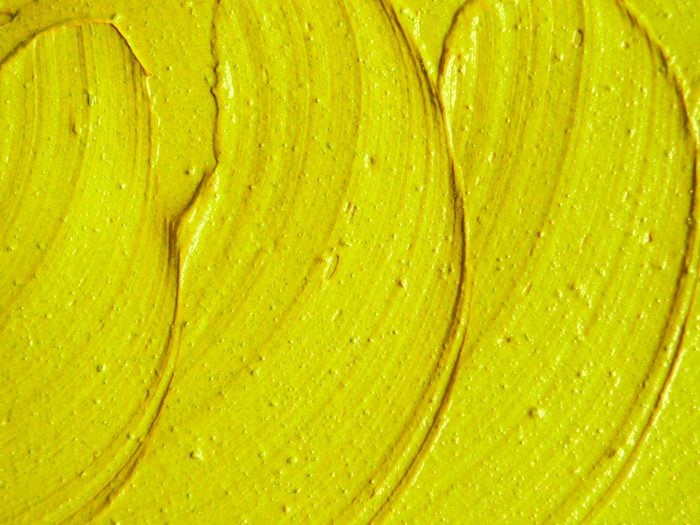
Best DIY face mask for dry skin
If you’re looking for a hydrating, brightening, and softening solution, you’re in the right place. This mask is a personal favourite of Abena Antwi, associate research fellow and product designer at Burt’s Bees. “I have dry skin during the winter months so I make my own facial mask every other weekend to treat my skin—and also for self-pampering,” says Antwi. The mask is made with coconut (rich in minerals, vitamins and omega fatty acid), honey (powerful humectant and anti-bacterial), and turmeric (anti-inflammatory), which helps maximize moisture and brighten skin. (Keep in mind: Turmeric has many beauty benefits.)
Ingredients (for one mask):
- 1 tbsp. coconut (melted)
- 1 tbsp. of honey
- 1 slice of lemon (squeezed)
- 1/2 tsp. of turmeric
Directions:
- Add ingredients one by one, mixing everything together in a small bowl.
- Apply on cleansed skin.
- Leave on for 10 minutes. Rinse off.
Tip: Since this mask contains lemon juice, be sure to cleanse your skin twice to make sure you don’t have any lemon residue left on your skin.
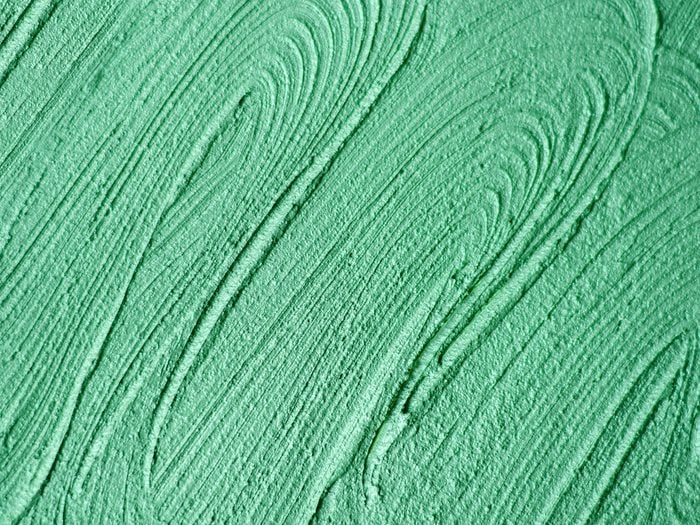
Best DIY face mask for revitalizing skin and preventing breakouts
This recipe sounds like a refreshing Instagram-worthy cocktail, but it’s actually perfect for giving lacklustre skin a boost. “Fresh mint is soothing for irritated skin and helps to rejuvenate dry, dull skin,” says Province Apothecary founder Julie Clark. “Mint also has antibacterial qualities for acne-prone skin, and calms redness.”
Ingredients (for one mask):
- 1-2 tbsp. water
- 1 tbsp. honey (local or manuka)
- Handful of fresh mint leaves
Directions:
- Use a blender to mix ingredients until a smooth, runny paste.
- Apply an even, thin layer to the face.
- Leave on for 15 minutes. Rinse off with warm water.
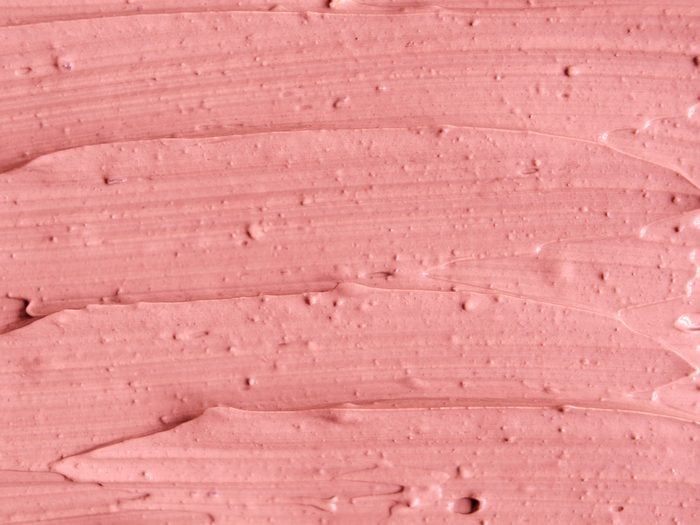
Best DIY face mask for boosting a glow
“I am not in favour of endless face masks that exfoliate or mess around with the wonderful ecosystem that sits on our skin,” says Andrea Dinnick, founder of the luxury, vegan green beauty brand Desavery. “Having said that, nourishing, boosting, and feeding that ecosystem is a great way to treat yourself and your skin.” Her go-to mask is made with pomegranate, honey, olive oil, and oatmeal. Pomegranate (an antioxidant) hydrates skin, protects it from the environment, and boasts anti-aging benefits. Oatmeal soothes skin and features anti-inflammatory properties.
Ingredients (for one mask):
- 2 tbsp. pomegranate seeds
- 1 tsp. good quality honey
- 1 tsp. good quality olive oil
- 1-2 tsp. of rice flour or oatmeal
Directions:
- Mash or muddle pomegranate seeds, honey, and olive oil together in a bowl or with a mortar and pestle. (Split open the pomegranate seeds to get their juices flowing.) Add the rice flour or oatmeal to create a thick paste.
- Apply to cleansed face, avoiding the eye area.
- Leave on for 15-20 minutes. Rinse off.
Tip: Wear an apron and/or gloves when mixing as the pomegranate seeds can stain skin and clothing.
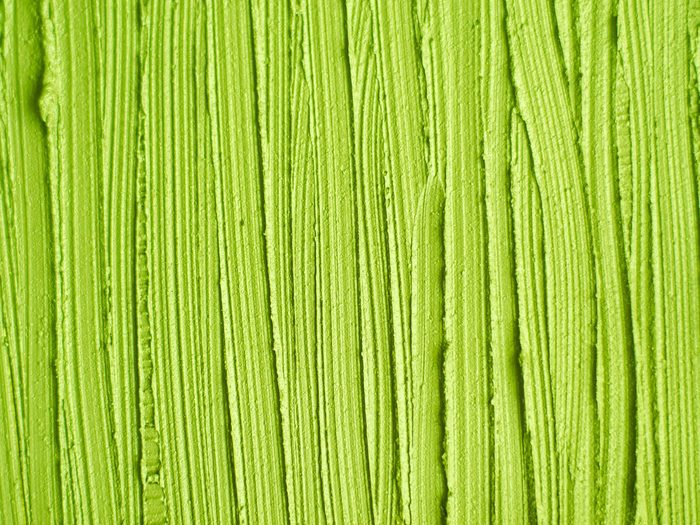
Best DIY face mask for sensitive skin
We all know aloe for its ability to soothe a sunburn, but it’s also packed with nutrients, active enzymes, vitamins, minerals, and amino acids. It’s no wonder that it’s been used for thousands of years to treat a wide variety of skin conditions. Karina Birch, CEO of Rocky Mountain Soap Company has a simple DIY mask that she loves to use when her skin needs a glow-up.
Ingredients (for one mask):
• 3-inch aloe leaf or 1 tbsp. of organic aloe Vera gel
• 1 tbsp. of raw honey
Directions:
- In a small bowl, mix aloe and honey.
- Apply a thin coat to cleansed face, avoiding eyebrows, eyes, and nostrils. With extra, apply to chest and neck area or the backs of your hands.
- Leave on for 15 minutes. Rinse off with warm water.
Next, check out which skincare ingredients you should be using all over your body.
